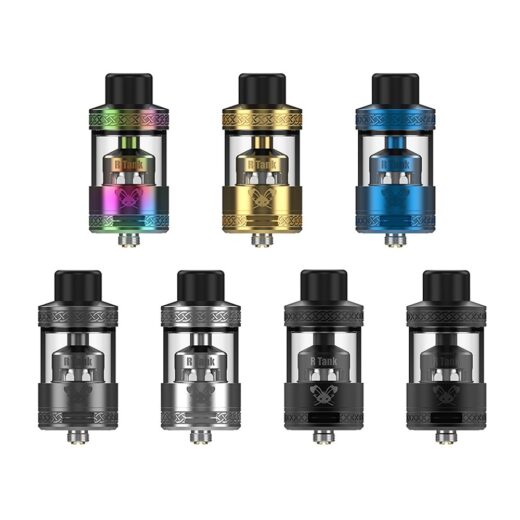Vaping, the act of inhaling and exhaling aerosol produced by an electronic cigarette or similar device, has rapidly gained popularity in recent years. While proponents argue that Vape Tanks UK serves as a less harmful alternative to traditional smoking, concerns about its safety and long-term effects persist. In this article, we will delve into the intricacies of vaping, exploring its components, potential health impacts, and the ongoing debates surrounding its use.
Understanding Vaping Devices:
Vaping devices, commonly known as electronic cigarettes or e-cigarettes, come in various shapes and sizes. They typically consist of a battery, a heating element, and a cartridge containing a liquid solution. The liquid, often referred to as e-liquid or vape juice, typically comprises a combination of nicotine, flavorings, and other chemicals.
E-liquids:
One of the central components of vaping is the e-liquid. These liquids come in an assortment of flavors, ranging from traditional tobacco and menthol to more exotic options like fruit and dessert flavors. While the diversity of flavors contributes to the appeal of vaping, concerns have been raised regarding the potential health risks associated with certain flavoring agents.
Nicotine Content:
Nicotine, a highly addictive substance, is a common ingredient in many e-liquids. Proponents of vaping argue that it provides a nicotine fix without the harmful tar and chemicals found in traditional cigarettes. However, the addictive nature of nicotine raises concerns, especially among younger users who may be drawn to vaping without a history of tobacco use.
Health Considerations:
The health implications of vaping continue to be a subject of ongoing research and debate. While some studies suggest that vaping may be a less harmful alternative to smoking. Others raise concerns about the potential for lung damage, cardiovascular issues, and addiction. Additionally, the long-term effects of inhaling the various chemicals present in e-liquids remain unclear.
Regulatory Landscape:
As the popularity of vaping has surged, governments and health organizations worldwide have grappled with the need for regulations to address safety concerns and protect public health. Some jurisdictions have imposed restrictions on the sale of flavored e-liquids, implemented age restrictions. And enacted advertising bans to curb the appeal of vaping, especially among younger populations.
Conclusion:
Vaping, with its intricate components and complex implications. Continues to be a topic of discussion and research in the realms of public health and policy. While it may offer a harm reduction option for smokers seeking an alternative. The potential risks and uncertainties surrounding its long-term effects warrant careful consideration. As the scientific community strives to unravel the complexities of vaping. It is essential for users to stay informed and for policymakers to implement. Evidence-based regulations that strike a balance between harm reduction and public safety.

